Bringing millions together: how fronts formed in World War I
As you know, a front-line association is the highest operational-strategic association of large (often million) military masses, designed to carry out strategic operations aimed at destroying large enemy groups or defending critical territories.
But how did the corresponding associations appear and what are the trends of their development in the First World and Soviet-Polish Wars? Let us try, at least in the most general terms, to answer this interesting question. And start with the Western Front of World War I.
Essence of the question
The Supreme (Main) Command, in order to simplify the management of operational associations (armies), has come to the formation of operational-strategic associations (army groups, fronts).
Structuring of operational combat units (armies) initially put up on the theater of war into larger, directly subordinate to the commander in chief, higher operational and strategic associations (army groups, fronts) is the most important issue of military organization and management. It was believed that the main command, like any other authority, could fully directly control 3 - 4, in extreme cases, 5 units. This norm (3 - 5 units subordinated to one command instance) was considered theoretically established before the First World War and was based on the corresponding sayings of Napoleon Bonaparte. The latter spoke in favor of 3, 4 or 5 subordinate to the commander of the military units - indicating, however, that there should be at least 3's of such units.
But in practice, Napoleon often assigned command of almost 10 units to one person (for example, Davout), and he personally personally controlled more than 5 units, taking most of the army under direct command. Imitating the practice of Napoleon or Moltke Sr., or because of confidence in improved communications, the French and German high command at the beginning of World War I sharply violated the above theoretical rule: 1) the German High Command commanded eight during decisive operations that started the war, and then nine armies operating on two opposite fronts (then their number increased even more); 2) The French High Command at the beginning of the war had seven armies directly subordinate.
Also, according to the experience of the German great war games, it was considered acceptable (subject to the difficulty of commanding the High Command) to temporarily subordinate one army to the commander of another, neighboring army.
In the course of hostilities, such a violation of military logic did not go unpunished.
After the war, the French believed (Major Marten’s article in Revue Militaire Franḉaise No. 54 for 1925) that “the formation of army groups that were not temporary but permanent during the war was unconditionally recognized as similar to the three army groups — the Northern and Central and Eastern, instituted in World War II. "
In Germany also during the war they came to the formation of permanent army groups and the front (uniting army groups). After the war, the communications inspector at the Ministry of the Reichswehr G. Wetzel, the former head of the operations department of the German Headquarters, wrote: “It’s sad that the division of troops into army groups, which seems so natural from the point of view of the technical organization of command, was not accepted for command of the German troops from the very began, as was the case with the Russians ”(Wissen und Wehr. 1925. No. 1. S. 35.).
The Russians, as you know, already at the beginning of the war had front-line associations — the North-Western and South-Western fronts.
It is interesting that A. Svechin in his “Strategy” (S. 392 - 394), relying on the opinion of Clausewitz, noted the inadmissibility of dividing the armed forces into only two fronts and even doubts the expediency of front-line associations. In particular, he wrote that “Ludendorff also complains about the management difficulties that he created in France in 1917 - 18. it is an organizational innovation. In a civil war, the fronts were undoubtedly appropriate when each united actions in a separate theater of war against a separate enemy (Northern, Eastern, Southern Fronts). But when it was necessary to coordinate the actions of two fronts against one enemy (Poles), then this task failed. ” As a rationalization proposal in relation to the last episode, A. Svechin noted that “it was necessary to create completely different instances, breaking up the South-Western Front into two parts”.
A. Svechin does not give a sufficiently definite opinion on the formation of higher associations in the “Strategy”. His indication that "where there is no increase in the size of the army over a million soldiers and where there is only one enemy, it is enough to have only one front" suffers from uncertainty: there is no mention of how much approximately the number of higher organizational units should be reduced to these fighters, and how to understand the expression "one opponent". After all, the enemy can unexpectedly act with significant forces not where “they consider him”, but on the front of his ally (the Germans in 1915 broke through the Russian front on the Austrian front - at Gorlitsa).
The complaint of E. Ludendorff is unlikely to have any significance, since the German Main Apartment, in setting and realizing each operational goal requiring the participation of more than one army, still had to create an army group with its head and head temporarily heading it.
Thus, Rechsarchiv (Reichsarchiv. Bd. IS 600, 607) reports serious inconveniences arising from the system of simply subordinating an army to its neighbor: on the one hand, the commander of a subordinate army has a tendency to eagerly break out of submission to an equal (Kluk on Sambra and at Mobier) ; on the other hand, such a commander, combining the actions of two armies, while maintaining direct command over his own army, is inclined to feel only the needs of "his" army and overlooks the needs of the association (Byulov on Sambra).
P. Hindenburg in his work (“Aus meinem Leben”) reported: “On November 1, on November 1914, the emperor appointed me commander of the German forces on the Eastern Front. The command of the 9 Army passed into the hands of General Mackensen. Thus, we were relieved of the worries of direct leadership of one army, and our impact on the general friendship of efforts made this even greater. ”
When comparing the opinions of the representative of Russian academic strategic thought, as well as the Germans and the French, a curious contradiction is noticeable: Germans and French, for the most part, praise in the Russian organization what the Russians themselves are not entirely satisfied with.
Certain conclusions can be made only when considering: 1) how in the First World War and the Civil War the need arose for the formation of new associations of the high command, and 2) how this need was resolved in practice.
Army groups and fronts during the First World War 1914 - 1918
The Western Front
Germany
1. The grouping of the 6 and 7 armies in Alsace-Lorraine at the beginning of the war was subordinate to Crown Prince Ruprecht, who at the same time commanded the 6 Army. The group broke up as a result of the transfer of the 7 Army to the right flank (transportation began on 7 on September 1914).
2. The grouping of the 1 and 2 armies established by 17 on August 1914 in order to fulfill the intended enemy coverage north of the Meuse; The 1 Army (Kluk) is subordinate to Byulov, who at the same time continued to command the 2 Army. This submission was canceled on August 27 - as a result of Kluk's complaint (Kluk sharply protested several times against his subordination to Byulov; on August 26 he refused to comply with Bulov’s order to leave Kluk with one division in front of Maubeuge - to help the 7 reserve corps take the fortress. Reichsarchiv. Bd. IS 528). “The dissolution of this group was a decision fraught with consequences” (S. 607). We know what this led to on the Marne.
3. That is why the Main Apartment, forced to order to retreat behind En and Vel, again subdued Kluk Bülow 10 of September 1914. On the next day, September 11, the 7 Army also entered this group - in order to quickly close the gap that widens between the 1 and 2-th armies. Bülow kept these three armies under his command until 23 on September 1914. From that day on, independence was restored in every army - at the request of Bülow himself, who wrote (“Mein Bericht zur Marne Schlacht”, S. 81): “Due to the considerable length of the 2- the 7th and 1th armies cannot from the left flank permanently provide both the command of their own army and the management of the operations of other armies ”(Bulov’s headquarters was in Varmeliville. The front of the three armies passed from Pron to Noyon. The 7th army was divided in two pieces: 15, 7 and 12 Pusa were in the area of Kryon - Bernobak and 9-th Reserve Corps about Noyon).
Kluk wrote about this in his work “March to Paris”: “By temporarily subordinating the army to its neighbor, strategic or tactical crises can be cured only in rare cases. On the contrary, the high command would have eliminated the crisis if it subordinated the three flank armies to one commander with his release from command of his army. ”
4. At the same moment, the German Headquarters considered that the danger of a rupture on the part of the Allies of the front between the Kluk army and the Bulow army was eliminated. The “Run to the Sea” began, and in the north we had to play the new decisive game. It was in the north that the German command should then have created a new army grouping. It did not do this, the French ahead of it organizationally - and we know what the results were for the parties.
Only in November 1914, the Germans' main apartment decided to transform the groupings of their armies on the Western Front: November 25 established temporary, among three, army groups. On 27 of January 1915 their number was brought to four. These groups were established, like the previous ones, by the simple submission of the army to their neighbor. The German Headquarters thus hoped to facilitate the formation of general reserves. But "the goal was not achieved," says E. Falkengine, "because the commanders of these army groups did not understand that they had to give up self-interest in order to gain overall." In March 1915, all armies again came under the direct authority of the Headquarters.
5. The alarm produced by the French advance in Champagne on 25 of September 1915 was required to induce the German High Command to create the army group of the German Crown Prince on 26 of September. But, as before, Kronprinz retained command of his army - until 1 on December 1916. This group existed until the end of the war.
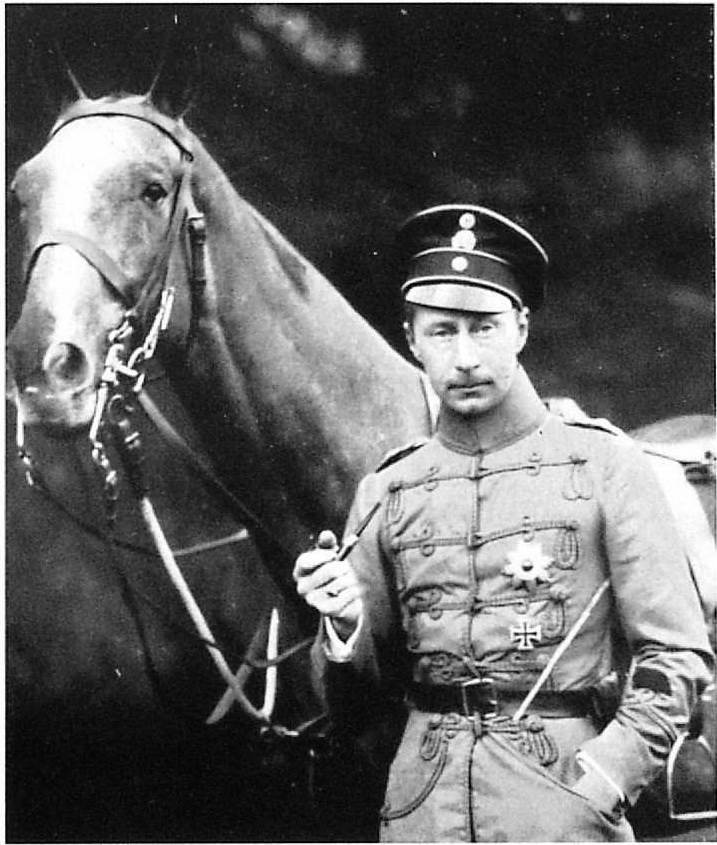
6. Army Group Galvitz appeared on the Somme on 19 on July 1916. Galvitz continued to command his army. This army group disbanded on 28 on August - being replaced by the army group of Crown Prince Ruprecht of Bavaria, the first of the German army groups with a separate military leader and separate headquarters. Thus, through the 2 years of the war, for the first time, the group had its own control.
7. Before the threat of the Great Entente offensive, the Germans introduced the system of army groups in the West in February 1917, creating, along with the German Kronprinz group and the Ruprecht group, the Albrecht Württemberg group (among the French, the army group system was introduced as a system in June 1915 - T. almost two years earlier) on the front of Lorraine-Vosges.
Thus, we see how on the Western Front the German Main Apartment made experiments on organizing temporary army groupings. She refuses them, since it turned out to be harmful to temporarily subordinate one army commander to another army commander - this entails excessive blows to self-esteem and excessive friction. The German command finally decided, much later than the French command, to adopt the only logical system: to liberate the commanders of army groups from any other command.
8. The new group of Galvitz armies was formed on January 1 1918 in the area of Verdun - under the command of General Galvitz, who continued to command the 22 Army at the same time until September 1918 5.
9. The Boyen Army Group, formed on 6 on August 1918, broke up on 3 on October 1918, due to the reduction of the front.
France
1. On 25 of September 1914, a group was formed on the eastern border consisting of the 1, 2 and 3 armies and a separate Vosges detachment under the command of Dubaille, who continued to command the 1 army at the same time.
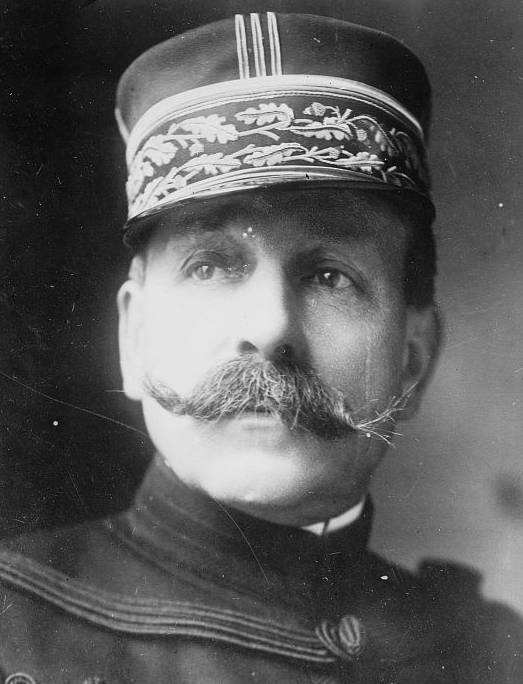
2. 2 October 1914 Foch, appointed deputy commander in chief, was appointed to combine the actions of the troops that entered into business between the Oise and English Channel. Foch was released from command of the army. Such an organization led to the emergence of an “army group”, which lacked only the name. With such speed in combining actions at a decisive stage of the theater of operations at a given time, the French command found its clearer than that of the Germans idea of the essence of the events.
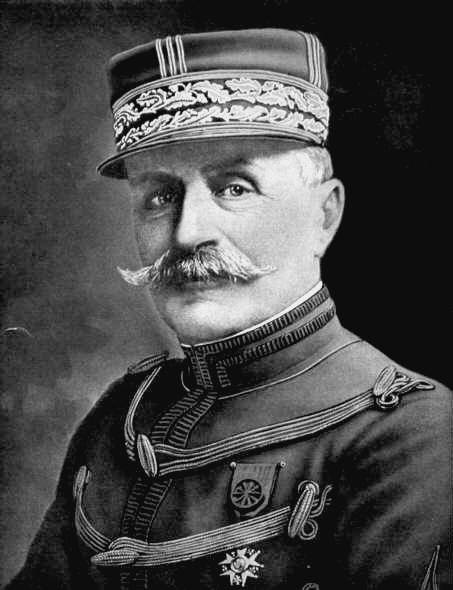
3. On 8 of January 1915, the formation of a temporary grouping in the east (the 1, 3 Army, a separate Vosges Army, 2 Army Reserve Division) is under the control of Dubaille, who from this day was released from command of the 1 Army "Delegate" of the commander in chief.
4. On 14 of June 1915, the final establishment of three army groups took place: Northern, Central and Eastern (the German command, as we have indicated above, only in February 1917 introduces a permanent system of army groups on its western front).
To be continued ...
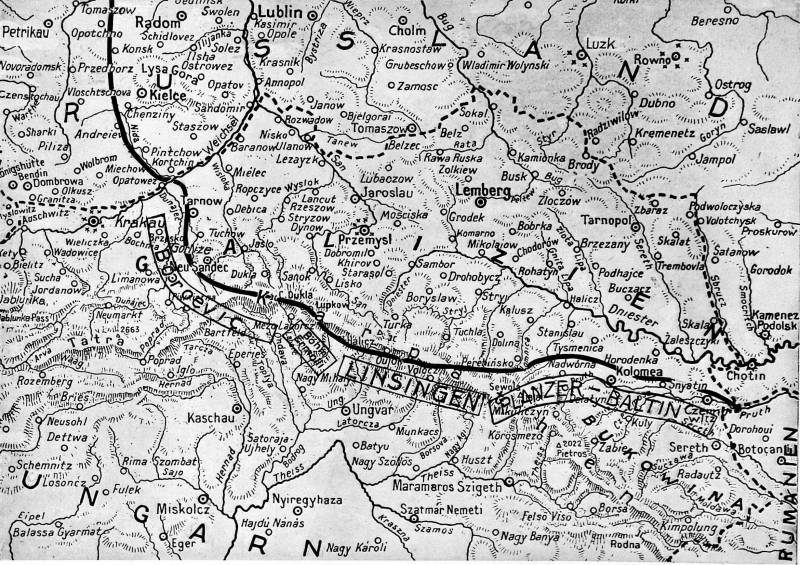
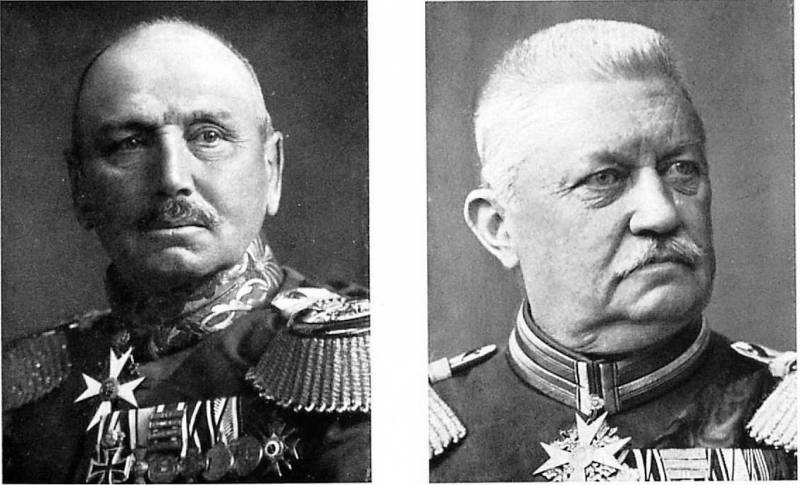
Information